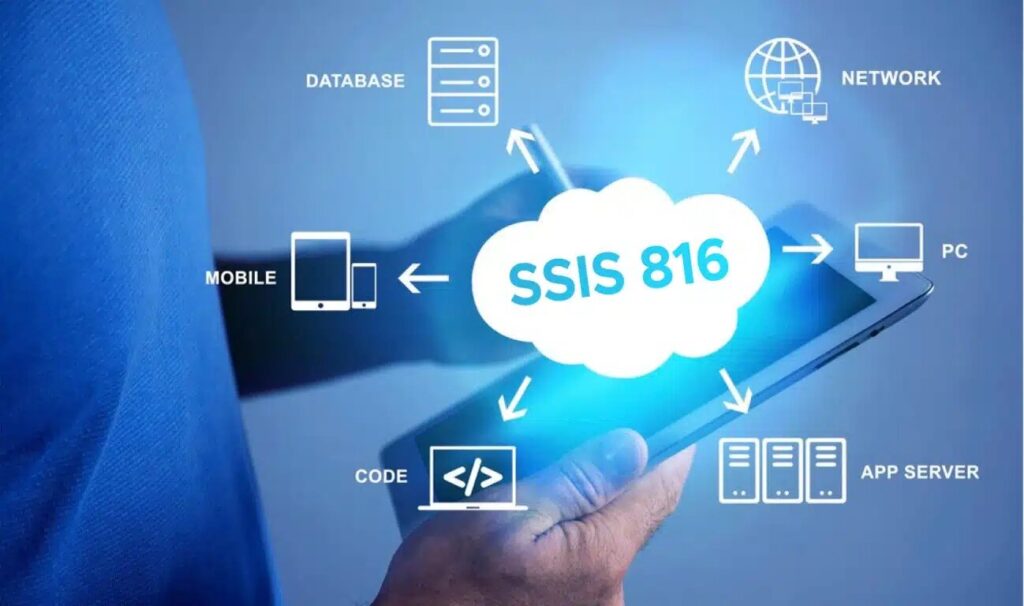SSIS 816 stands out as a powerful tool. However, harnessing its full potential requires expertise and understanding. In this comprehensive guide, we delve into the intricacies of SSIS 816, offering valuable insights and strategies to optimize its functionality.
Understanding SSIS 816
SSIS 816, short for SQL Server Integration Services 816, is a robust platform designed by Microsoft for ETL (Extract, Transform, Load) operations. It enables seamless data integration across various sources and destinations, facilitating efficient data workflows.
Exploring SSIS 816 Features
SSIS 816 boasts a plethora of features, including:
- Data Extraction: Efficiently extract data from multiple sources.
- Transformation: Perform complex transformations on the extracted data.
- Loading: Load the transformed data into the desired destination.
Getting Started with SSIS 816
Embarking on your SSIS 816 journey requires careful planning and execution. Let’s dive into the essential steps to kickstart your SSIS 816 project.
Installation and Configuration
Before diving into SSIS 816 projects, it’s crucial to ensure proper installation and configuration. Follow these steps to set up SSIS 816 seamlessly:
- Download the latest version of SSIS 816 from the official Microsoft website.
- Install SSIS 816 with the default configurations or customize them based on your requirements.
- Configure connections to your data sources and destinations for seamless integration.
Creating SSIS 816 Projects
Once SSIS 816 is set up, it’s time to create projects to manage your data integration tasks effectively. Here’s how you can create SSIS 816 projects:
- Open SQL Server Data Tools (SSDT) or SQL Server Management Studio (SSMS).
- Navigate to the Integration Services Catalog and create a new SSIS project.
- Define the project parameters and add packages to execute specific tasks.
Optimizing SSIS 816 Performance
Achieving optimal performance with SSIS 816 requires a strategic approach and attention to detail. Let’s explore some effective strategies to enhance SSIS 816 performance.
Parallel Execution
Utilize parallel execution to maximize performance and throughput. By distributing tasks across multiple threads or servers, you can significantly reduce processing time.
Buffer Management
Efficient buffer management is crucial for maintaining optimal performance in SSIS 816. Adjust buffer sizes based on the volume of data being processed to prevent memory-related issues.
Troubleshooting SSIS 816
Despite its robustness, SSIS 816 may encounter occasional issues that require troubleshooting. Here are some common challenges and their solutions:
Error Handling
Implement robust error handling mechanisms to identify and resolve errors effectively. Utilize SSIS logging and event handling features to track errors and failures.

Performance Tuning
Monitor SSIS 816 performance regularly and identify bottlenecks using performance monitoring tools. Optimize package configurations and SQL queries to improve overall performance.
SSIS 816 FAQs
How can I optimize SSIS 816 performance?
To optimize SSIS 816 performance, focus on parallel execution, efficient buffer management, and proactive troubleshooting.
What are the key features of SSIS 816?
SSIS 816 offers comprehensive data extraction, transformation, and loading capabilities, making it ideal for ETL operations.
Is SSIS 816 suitable for large-scale data integration projects?
Yes, SSIS 816 is well-suited for large-scale data integration projects, thanks to its robust features and scalability.
Can I customize SSIS 816 to suit my specific requirements?
Yes, SSIS 816 allows for extensive customization, enabling users to tailor solutions to their unique needs.
How can I learn SSIS 816 efficiently?
Explore online resources, tutorials, and documentation provided by Microsoft to master SSIS 816 effectively.
What are the common challenges faced when working with SSIS 816?
Common challenges include error handling, performance tuning, and integration with diverse data sources.
Conclusion
mastering SSIS 816 is essential for maximizing efficiency and productivity in data integration projects. By following the strategies outlined in this guide and leveraging its robust features, you can harness the full potential of SSIS 816. Unlock new possibilities and streamline your data workflows with SSIS 816.


